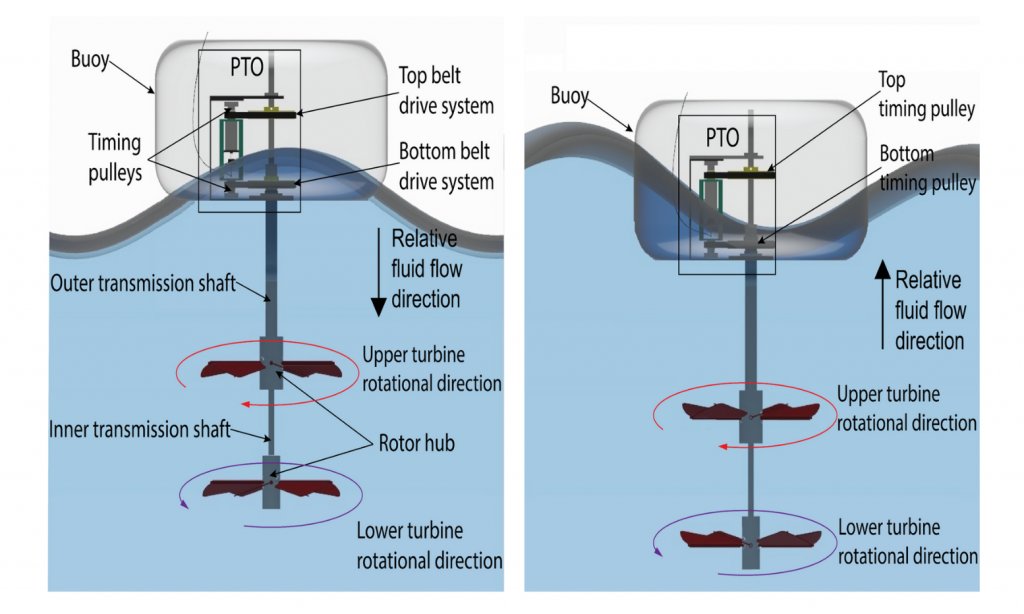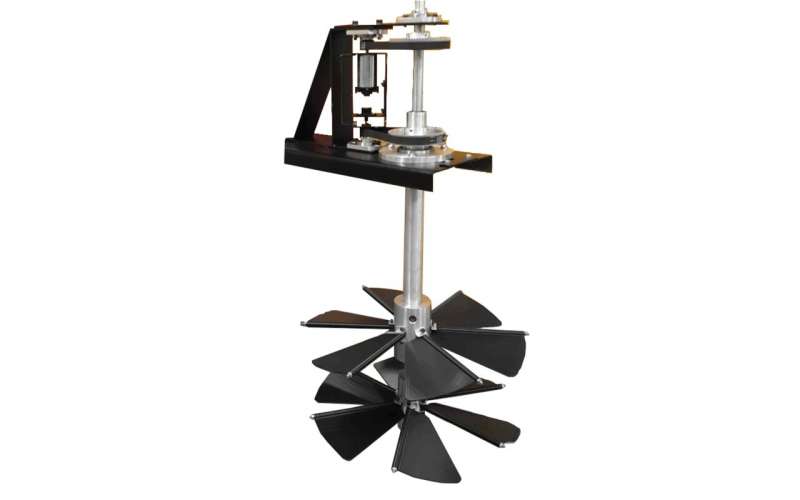Researchers have created a prototype technology that can make the power gathered from ocean waves double. As a result, it can finally make wave energy a new sustainable option.
The capacity of ocean wave energy is beyond our imagination. The power of coastal waves worldwide per year is the same as the global electricity produced annually. However, the challenges of the ocean environment have delayed natural energy extraction at the experimental stage.
Currently, research led by RMIT University has developed a wave energy converter that is twice as effective at harvesting power as any other technology developed till now. The device has been developed by RMIT engineering researchers in collaboration with researchers from Beihang University in China. The whole idea spins around a world-first, dual-turbine design.

“Wave energy was one of the most promising sources of clean, reliable and renewable power,” lead researcher Professor Xu Wang said.
“While wind and solar dominate the renewable market, they are available only 20-30% of the time,” Wang said.
“Wave energy is available 90% of the time on average, and the potential power contained in offshore waves is immense.
“Our prototype technology overcomes some of the key technical challenges that have been holding back the wave energy industry from large-scale deployment.

“With further development, we hope this technology could be the foundation for a thriving new renewable energy industry delivering massive environmental and economic benefits.”
The most significant experimental method is to harvest wave energy through a “point absorber” converter, which is considered best for offshore locations. This technology is typically cost-effective to manufacture and install. However, to harvest energy, it requires complete synchronization with incoming wave movement. This includes an array of sensors, actuators and control processors, increasing the intricacy of the system. The increased complexity of the system might trigger underperformance, unreliability, and maintenance issues.
The RMIT-developed device naturally floats up and down with the swell of the wave. “By always staying in sync with the movement of the waves, we can maximize the energy that’s harvested,” Wang said.
“Combined with our unique counter-rotating dual turbine wheels, this prototype can double the output power harvested from ocean waves, compared with other experimental point absorber technologies.”

Two turbine wheels, fixed on top of each other, are tied to a generator through shafts and a belt-pulley driven transmission system. The generator is set inside a buoy above the waterline to prevent it from corrosive seawater.
The device’s prototype is successfully tested. The researchers are positive to collaborate with industry partners to test a full-scale model. The team aspires to and towards commercial viability.
“We know it works in our labs, so the next steps are to scale this technology up and test it in a tank or in real-life ocean conditions,” Wang said.
“Tapping into our wave energy resource could not only help us cut carbon emissions and create new green energy jobs, but it also has great potential for addressing other environmental problems.”
“For example, as the frequency of drought increases, wave energy could be used to power carbon-neutral desalination plants and supply fresh water for the agriculture industry—a smart adaptation to the challenge of a changing climate.”


